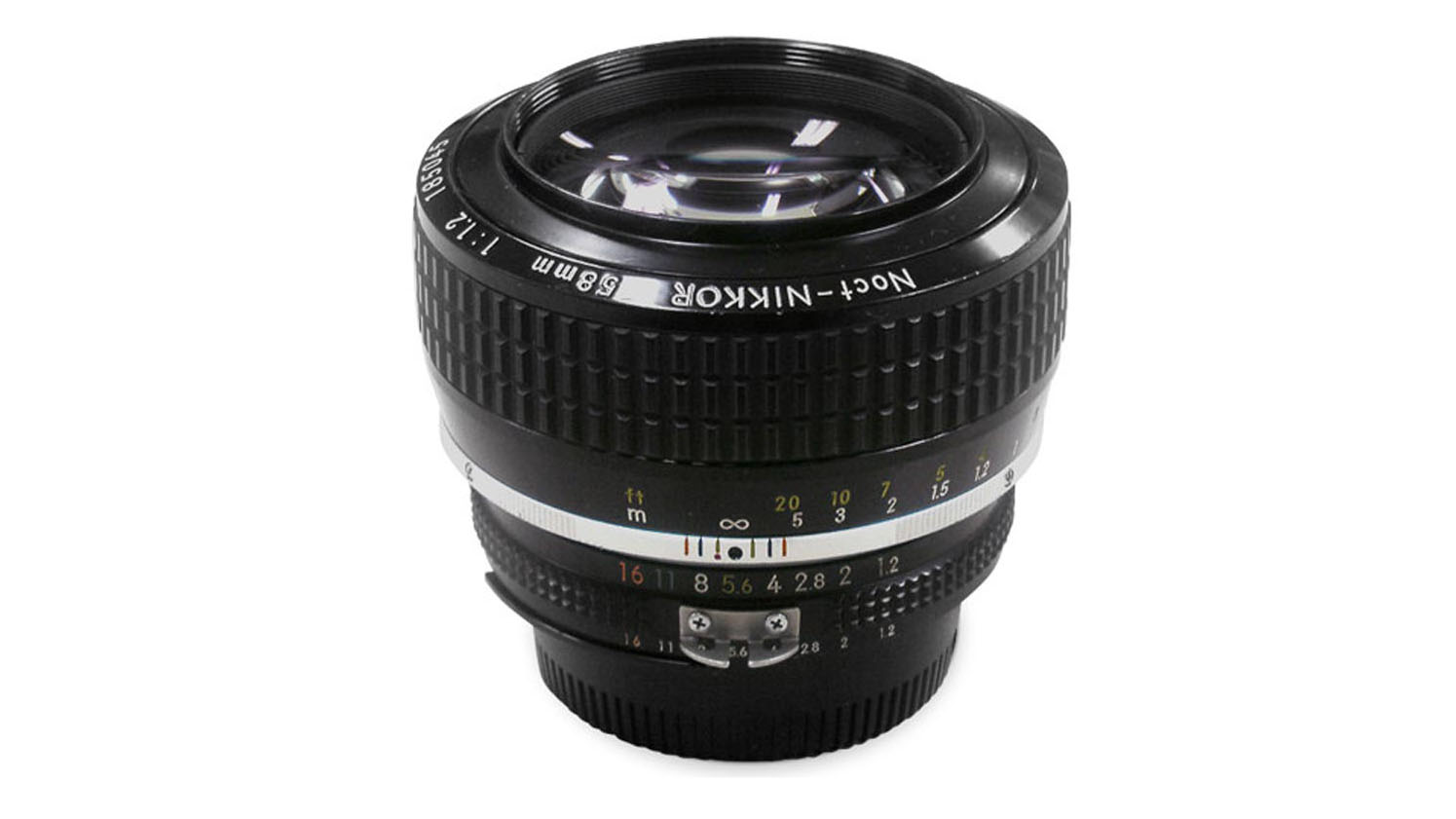Even NASA astronauts love retro camera gear. Don Pettit admits to using this vintage 1980s lens in space
The 1980s Noct Nikkor 58mm f/1.2 is so iconic for astrophotography, it's still used in space

NASA is often at the forefront of the latest technology – but that doesn’t mean everything astronauts use in space is the latest tech. During a podcast, astronaut and photographer Don Pettit listed an unusual piece of equipment he uses along with a flagship mirrorless camera: an iconic but retro lens popular in the 1980s.
Pettit and fellow astronaut and photographer Matthew Dominick discussed using the Nikon Z9 aboard the International Space Station during a recent Houston We Have a Podcast episode. But when asked what their favorite gear was, it wasn’t the flagship mirrorless camera but rather fast lenses that took center stage in the discussion.
Lenses with a fast aperture such as f/1.4 work well for photography aboard the ISS, Dominick said, because the lighting inside is low. The photographers also often need a bright aperture to compensate for the quick shutter speeds needed to take sharp photos out the windows as ISS orbits Earth at a speed of around 17,500 mph / 27,600 kph.
But, among the astronauts' selection of lenses, Pettit mentioned an unusual but iconic lens: “We’ve got the mid-80s Noct Nikkor 58mm f/1.2.”
The Nikon Noct Nikkor 58mm f/1.2 lens is often described as a legendary lens and it’s a coveted piece of glass among collectors. The lens was initially launched in 1977, with an updated version in 1981, and remained in production until 1997.

What made the Nikon Noct Nikkor 58mm so unusual is that it was designed for handheld night photography and astrophotography. The lens’s design was meant to reduce sagittal coma flare, a type of distortion that makes pinpoints of light such as stars take on a comet shape – which naturally would be a major issue when trying to take scientific-quality images of outer space. That distortion correction mixed with the lens’ bright aperture made the glass an iconic lens for astrophotography.
The 1980s lens is so iconic that Nikon even made an updated mirrorless version, the Nikon Z 58mm f/0.95 S Noct. But, the vintage lens is still very much part of NASA’s lens collection on the ISS. The vintage lens still sells for several thousand dollars on the used market.
The best camera deals, reviews, product advice, and unmissable photography news, direct to your inbox!
Lenses aren’t the only retro tech that the NASA photographers work with during their months-long stint on the ISS. Pettit says that the ISS is run on 15-year-old computers that still do their originally intended job very well, but can’t keep up with the demands of photos and videos from the Z9.
“These computers do their job exceedingly well, but they’re like 15-year-old technology,” Pettit said. “If you want to use them for doing advanced image analysis, they don’t work very well. And you can’t even play a 2K movie without it skipping and stopping about every five seconds. You could play, you could play an HD video, but if you’re using like a Z 9 camera, and you’re shooting an 8K video, you can’t even watch the video. You can’t even see what you’ve done unless it’s in the camera itself.”
So how do the astronauts review their images in space? They tend to only view a handful of images while aboard the ISS, sending a few key photographs back to Earth for social sharing, but reviewing the bulk of their images once back on the ground. “It’s something that I would do enough review to see if I’m getting technically good images and if the composition is along my line,” Pettit said. “And then I don’t review anymore, because I would rather take more pictures. Rather than spend an hour looking at a computer trying to see how the pictures were that I just took, I’d rather take that extra hour and take more pictures.”
“You don’t want to spend time in this unique place editing images when you could be taking more,” Dominick added. “But it’s super important to make sure that you’re not taking terrible images, so you need to do some level of review.”
Read more insight from the photography-focused interview with Pettit and Dominick.
You may also like
Watch how Don Pettit changes lenses in space. Or, browse the best lenses for astrophotography.

With more than a decade of experience writing about cameras and technology, Hillary K. Grigonis leads the US coverage for Digital Camera World. Her work has appeared in Business Insider, Digital Trends, Pocket-lint, Rangefinder, The Phoblographer, and more. Her wedding and portrait photography favors a journalistic style. She’s a former Nikon shooter and a current Fujifilm user, but has tested a wide range of cameras and lenses across multiple brands. Hillary is also a licensed drone pilot.
You must confirm your public display name before commenting
Please logout and then login again, you will then be prompted to enter your display name.
